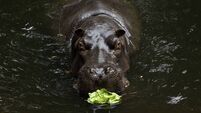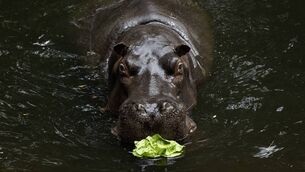Anja Murray: Losing our lakes if we don't take action now
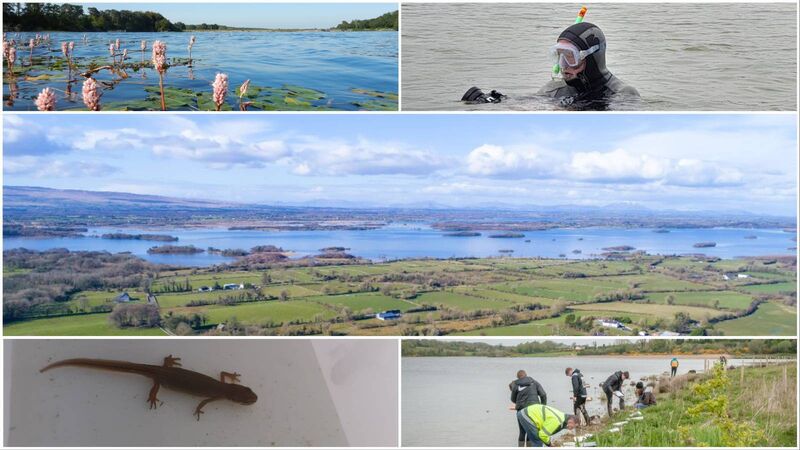
‘Lough Carra LIFE’ is a five-year project that is pioneering innovative approaches to reducing runoff, restoring marl lake habitats, and raising the conservation status of other habitats and species within the catchment
Ireland is destroying some of the most valuable habitats by overloading land with excess nutrients.
Take the Great Western Lakes, for example. Loughs Corrib, Mask, Carra, Conn, Cullin, Arrow, and Sheelin have long been celebrated as being among the best wild fisheries in Europe. Because of the underlying limestone bedrock, the waters are rich in calcium, giving the lakes exceptional clarity and exquisite turquoise hues. ‘Marl’ crusts — living layers of chalky deposits formed by cyanobacteria and calcium — host communities of tiny life forms. Calcium-rich waters also host some special aquatic plants that thrive in the chalky conditions, acting like tower blocks for a plethora of invertebrate life, which have sustained thriving populations of wild trout since the end of the last Ice Age.
Water quality across the great lakes has deteriorated dramatically over the past 15 years. In many lakes, the population of trout is only a quarter of what it was 20 years ago. There are a number of factors contributing to the decline in water quality, but chief among them is the high concentration of nutrients, especially phosphorus and nitrogen, seeping off surrounding agricultural land.
Excess nutrients cause water, once clean and clear, to become cloudy and greenish in colour — a result of the proliferation of algal cells in the water. Green scum gathers on the surface. Marl dies away. Invertebrates such as the much-celebrated mayflies are unable to survive amid such polluted waters because of the reduced oxygen levels caused by excess algal growth. In turn, populations of wild brown trout collapse too, and everything in the ecosystem is impacted.
The plight of the Great Western Lakes is not unique. Similar ecological collapse is ongoing across many Irish lakes and rivers. Fishing boats now lie idle at the edges of these lakes and the many businesses who for decades relied on angling tourism are now boarded up.
Too much phosphorus and nitrogen applied to fields across a wide catchment area is driving the deterioration. Ground that is already saturated with nutrients cannot absorb or hold the slurry, and summer rains wash much of the nutrients straight off into local water courses. Small streams and rivers carry the excess phosphorous and nitrogen into lakes, where nutrient levels then build up over time.
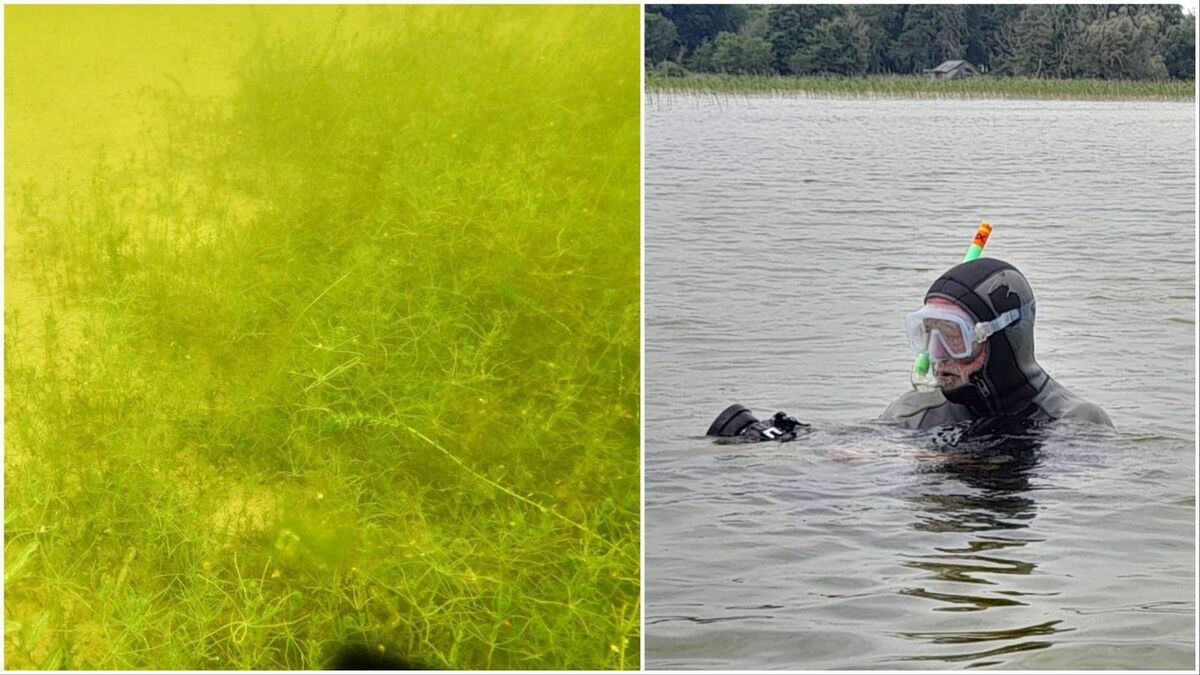
Nitrogen levels are, in theory, managed under the EU Nitrates Directive. There is a set allowance of 170kg per hectare per year under this directive — a level set to protect waterways. But Ireland has always exceeded these levels, being permitted to do so under a specially negotiated exemption, referred to as a ‘derogation’. According to officials, the derogation is essential to permit the continued expansion of Ireland’s dairy industry. However, as a result of ongoing declines in water quality in recent years, the continuation of the derogation was made contingent on periodic assessments being carried out by the EPA.
The latest ‘interim assessment’ shows that pollution is continuing as a result of the derogation and proves what many have been saying for years: the Nitrates Action Programme has not been effective in limiting nitrogen levels in Irish lakes and rivers. Almost half (45%) of monitored lakes across Ireland have unsatisfactory water quality.
This information is not a surprise to anyone. It is consistent with the years of monitoring and research conducted by the EPA, academics, and local authorities. This controversial practice of relaxing the law on nitrate levels is causing ecological losses that will reverberate far into the future.
It’s one thing to understand the problem, which we do. But the big challenge now is to take action. Measures applied to date include woody buffer strips along streams, rivers, and lakeshores. Cattle are fenced out from defecating directly in waterways. Assistance is provided for ‘nose-pumps’ — clever appliances that allow cattle to drink without directly accessing waterways. These are all worthwhile actions, though water quality will not be restored until the Nitrates Directive derogations are revised and fertiliser applications reduced in line with the science.
Other actions are also needed to restore lakes and rivers, solutions that require the involvement of the entire community and State agencies too. There is little point cleaning up one element of the problem, in this case excessive agricultural nutrients, without also reducing other pressures on waterways. This means addressing pollution from septic tanks; reconfiguring the dredging programme run by the OPW; changing the prevalent forest management practice of clearfell rotations; clearing invasive species such as Himalayan balsam (which exacerbates river bank erosion and increases the sediment loading in rivers and lakes); and reconfiguring entire catchments with wetlands and woodlands in order to enhance their resilience to climate change.
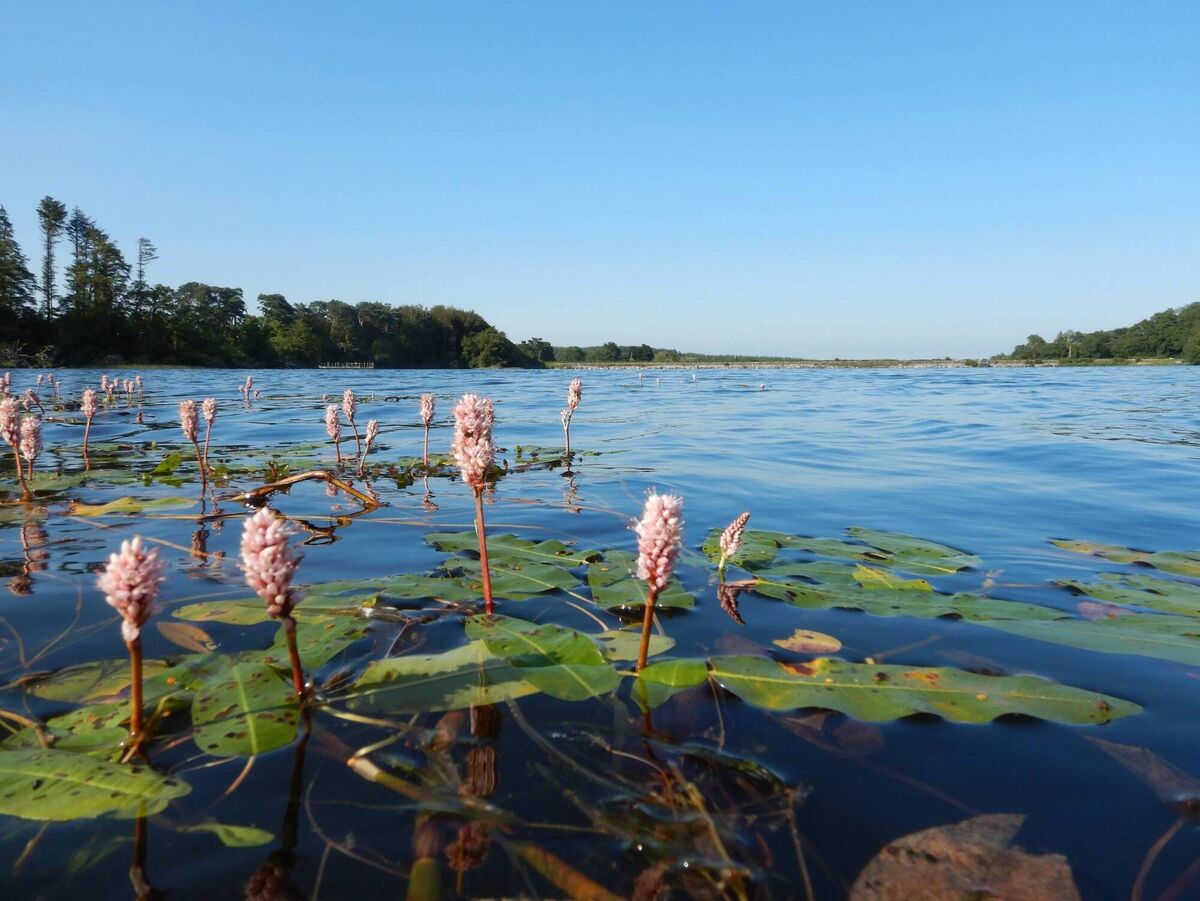
In Lough Carra, the smallest of the great lakes, the local community has come together in an effort to restore the lake. ‘ Lough Carra LIFE’ is a five-year project that is pioneering innovative approaches to reducing runoff, restoring marl lake habitats, and raising the conservation status of other habitats and species within the catchment. Such a combined, community-wide approach will hopefully show how collaborative conservation actions can be successful.
But our continued national reliance on agricultural intensification, for the dairy industry in particular, can only lead to the continued loss of precious lake life to nutrient pollution. These losses will soon become irreversible. Fortunately, this process is reversible, if the correct actions are taken quickly.
Once nutrient levels are reduced and wooded buffer zones created, waterways can recover. Sensitive aquatic plants that sustain these ecosystems will rebound, along with the invertebrate communities they support and the populations of trout that were once so cherished. The benefits will reverberate throughout affected communities and into the future.



